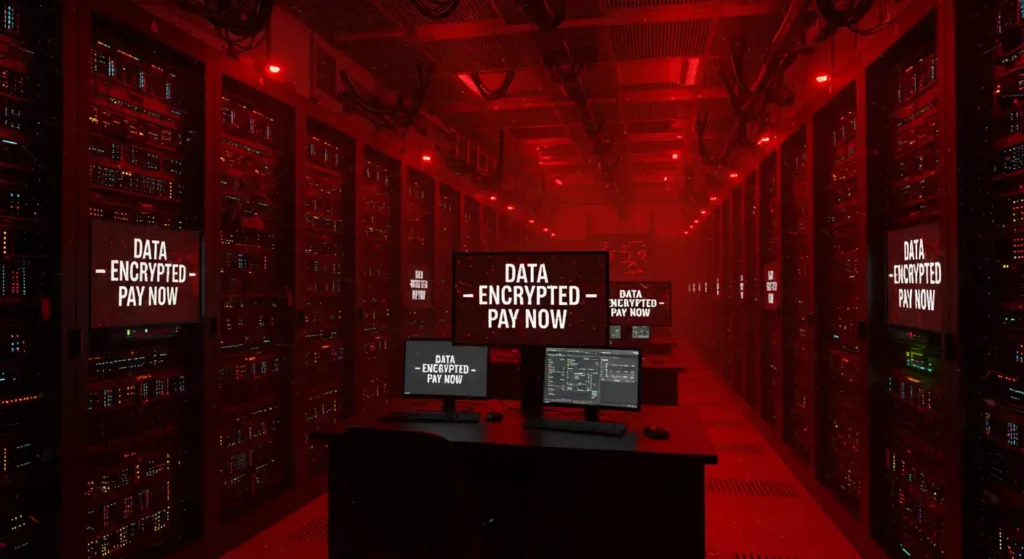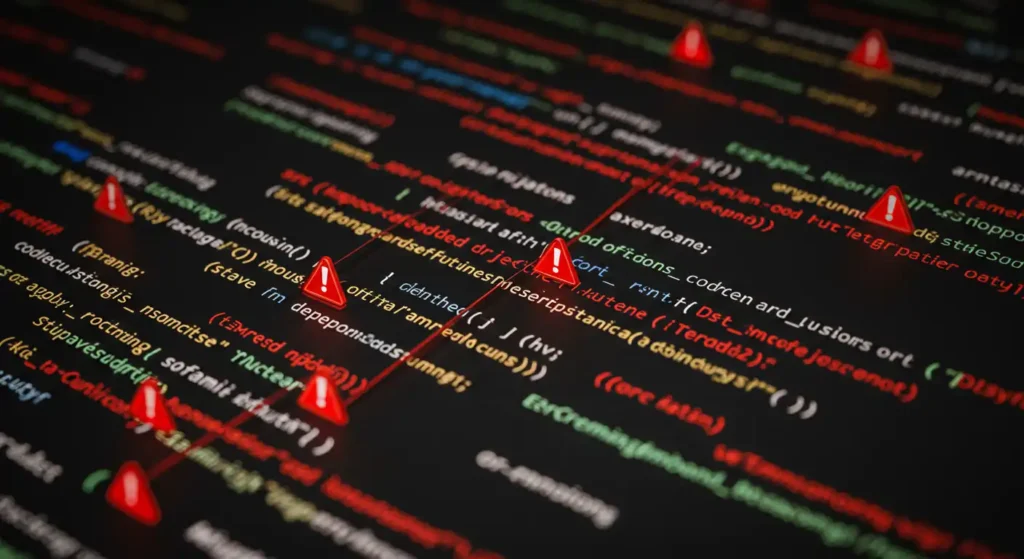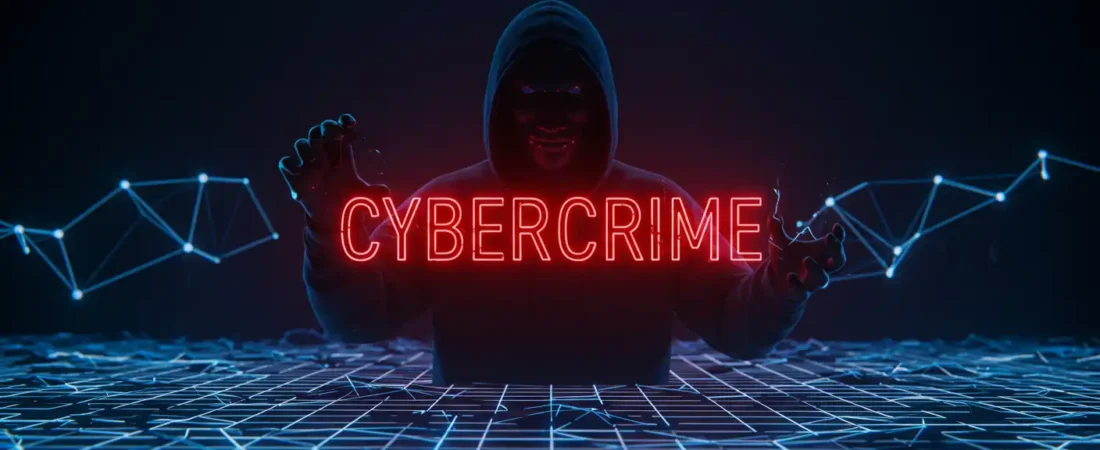Cybercrime and AI‑Powered Social Engineering Threats

Cybercrime is evolving rapidly, and one of the most alarming developments is the integration of artificial intelligence into cyberattacks. In recent years, cybercriminals have adopted AI-powered tools to enhance their phishing tactics, improve impersonation attempts, and automate social engineering campaigns on a scale never seen before.
AI-generated phishing trends now include hyper-personalized emails that replicate human tone, sentence structure, and even emotional triggers. A basic example includes attackers using LinkedIn data to generate emails pretending to be from trusted coworkers, including accurate project names, job titles, and tone. This increases the likelihood of the victim clicking malicious links or sharing sensitive data.
Generative AI also plays a central role in vishing (voice phishing) and deepfakes. Using samples of a CEO’s voice, hackers can recreate audio that sounds legitimate. The classic example is a finance team receiving a voice message asking for an “urgent wire transfer,” only to later discover the CEO never sent it. These threats go far beyond email video deepfakes are emerging fast, especially as virtual workforces rely heavily on conferencing tools.
A 2025 cybersecurity forecast by Google Cloud warns: “Cybercriminals will soon generate deepfake videos on-demand using public social media footage to bypass corporate safeguards.”
Source: cloud.google.com
Why Social Engineering Will Always Work
Unlike brute-force attacks, social engineering exploits human trust something AI can simulate with high accuracy. Cybercrime groups such as “Scattered Spider” and “TA453” have shown that automation doesn’t eliminate the human touch, it enhances its deceptive power.
Transition phrases like consequently, in contrast, and in addition guide the reader through the nuances of AI-driven threats.
Prevention Techniques
- Enforce company-wide security awareness training, especially on phishing trends.
- Implement biometric authentication for high-value requests.
- Analyze inbound content using AI-powered filters that detect unusual sentence structure or image manipulation.
Ransomware, Cyberattacks, and Extortion Trends

Ransomware continues to dominate as the most destructive form of cybercrime. It has evolved far beyond encrypting files for ransom it’s now part of multi-layered cyberattacks that include data exfiltration, public exposure, and even physical disruption in some cases.
According to the 2025 AP News cybersecurity outlook, ransomware incidents increased over 100% year-over-year. Hackers no longer just ask for Bitcoin; they now demand multiple cryptocurrencies, NFT transfers, or even source code repositories. Attackers have also introduced ransomware-as-a-service (RaaS) models, allowing less-skilled threat actors to launch sophisticated attacks using rented toolkits.
Double and Triple Extortion in Action
Originally, ransomware encrypted your data. Now, it encrypts, steals, and threatens to leak that data on public forums if the ransom isn’t paid. Some groups even attack a company’s clients or suppliers, applying triple extortion pressure. For instance, the Conti ransomware gang used this model to disrupt critical medical services in Ireland.
Real-World Impact and Business Cost
The average cost of a ransomware breach in 2025 is estimated at $6.85 million, factoring in downtime, recovery, and reputational damage (IBM Cost of a Data Breach Report). Insurance companies have started excluding ransomware claims unless all Zero Trust policies were implemented prior to the breach.
Transitioning to Zero Trust, combined with regular immutable backups and staff training, remains a cornerstone against ransomware.
Quantum-Era Cybercrime: Harvest Now, Decrypt Later

In what’s being called the “quantum threat decade,” attackers are now engaging in harvest-now, decrypt-later (HNDL) strategies. That is, they intercept and store encrypted communications today, anticipating future decryption when quantum computing matures. This is particularly concerning for medical, military, and financial records that need to remain secure for decades.
Quantum computing could theoretically break current encryption methods like RSA and ECC using Shor’s Algorithm, rendering past communications completely vulnerable. As a result, governments and corporations are starting to pivot toward post-quantum cryptography (PQC).
Preparing for the Quantum Storm
Capgemini’s 2025 report shows that 3 out of 5 enterprise executives rank quantum computing as the #1 cyber risk in the next decade. National agencies like NIST and NSA have already published PQC migration frameworks to support this shift (nist.gov).
The Urgency of Cryptographic Agility
Unlike phishing, where reaction time is key, this is a proactive risk what’s encrypted now will be readable later unless it’s migrated. Transition strategies include hybrid cryptography, cryptographic agility, and securing communication channels with forward secrecy.
Supply Chain Attacks and Zero Trust Failures in Cybercrime

One of the least visible but most dangerous cyber threats is the attack on software supply chains. When attackers infiltrate a third-party library or vendor platform, they bypass traditional perimeter defenses. A single corrupted update can provide access to thousands of downstream systems like the infamous SolarWinds breach, which remains a model for future cybercrime tactics.
WEF’s Global Cybersecurity Outlook 2025 notes that 54% of executives cite supply chain compromise as their biggest security blind spot.
Third-Party Trust is a Flaw
Vendors often have privileged access direct or API-based to your systems. Without proper scrutiny, a compromise in their environment is a compromise in yours. Cyberattack campaigns have recently used compromised software like CI/CD pipelines and login SDKs to inject malware into production environments without detection.
Implementing True Zero Trust
Zero Trust means never trusting, always verifying even inside your network. All internal traffic should be authenticated, encrypted, and monitored. Behavioral analytics help detect lateral movement across services, while microsegmentation ensures one breach doesn’t spread.
Recommendations include:
- Maintain SBOMs (Software Bills of Materials)
- Vet every vendor against industry certifications (SOC2, ISO27001)
- Set strict egress filtering rules
🚨 Stay Ahead of Tomorrow’s Cybercrime
Cybercrime is no longer just about stolen passwords it’s about AI deception, encrypted ransoms, and future-proof decryption. Don’t wait to become a statistic.
Subscribe in our newsletter for our threat intelligence updates and get expert analysis, forecasts, and practical tools to defend your digital future before it’s too late.

